

Clothes today are made from all sorts of materials. Even though traditional materials such as leather, linen, and cotton obtained from plants and animals are still in use, most of the clothes these days are made from chemicals and materials obtained from fuel-based crude oil. Deciding on the types of clothing material you need for making an item is crucial since there are numerous qualities ranging from synthetic and natural fibers, woven and knit.
This article, therefore, provides useful insights about some of the different fabric types and how you can identify them. Let’s keep it real- choosing the right fabric for your project can be a daunting task. You are likely to make mistakes, but you don’t have to. Going through this piece will equip you with tips about the properties of popular fabrics, and you will know the suitable ones for your future projects.
There are all sorts of textiles fabrics that are available in the market today. If you have issues with laundries or get caught in dilemmas, you need to know the characteristic of different fabrics. The content of a given fabric and production method of the material brings a considerable variation in spot removal and determine how the garment should be washed. To get the best results, it will be essential to know the different fabric materials for dresses. Let’s go.
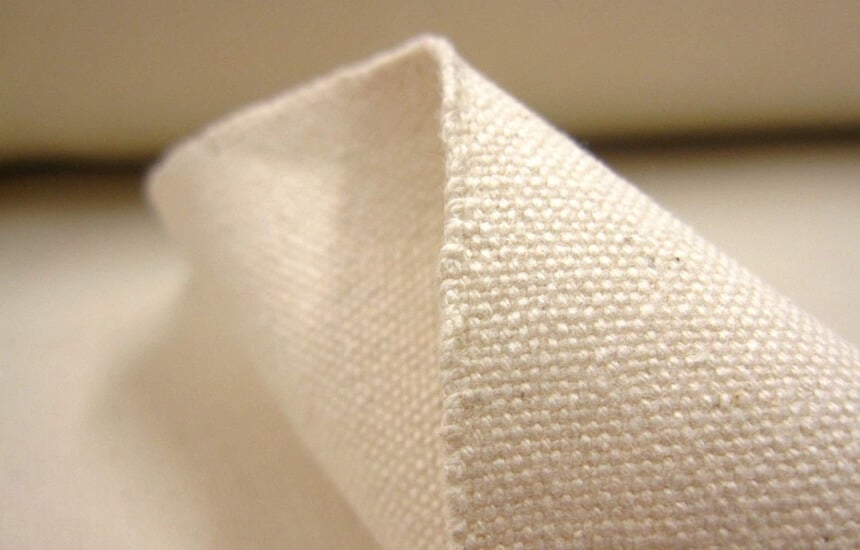
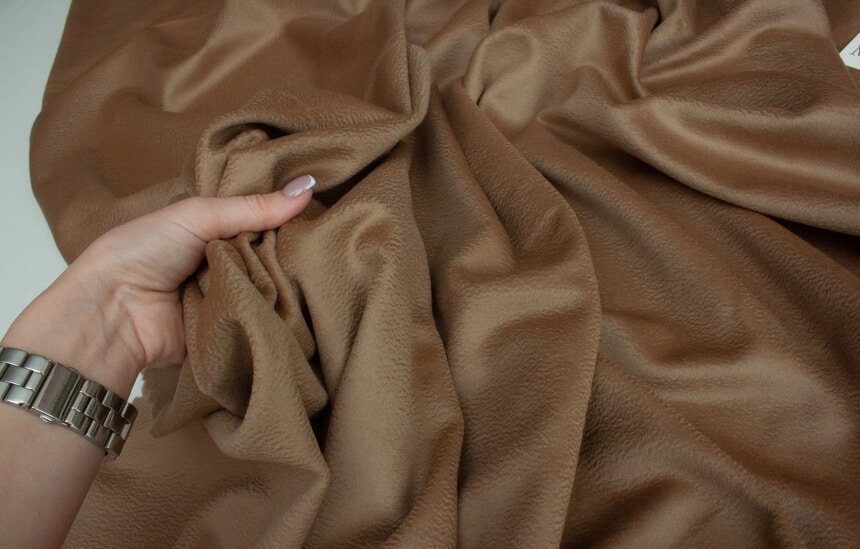
Cashmere is blended from wool like that of merino to add more weight since alone it is very thin and fine.
It refers to yarn and fiber that is designed to a soft material. The threads are purposely piled to form a yarn, which appears as the outer parts of a caterpillar. Its fiber can be made from various fibers, such as rayon.
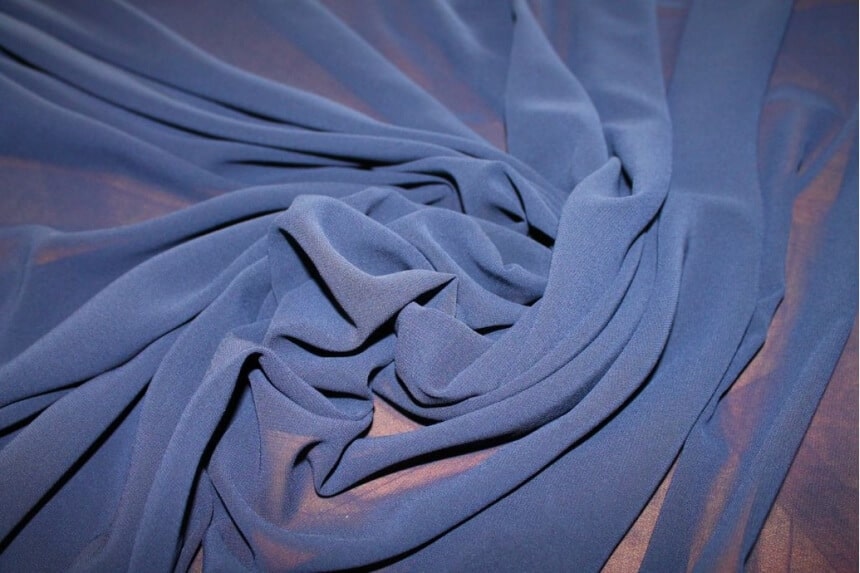
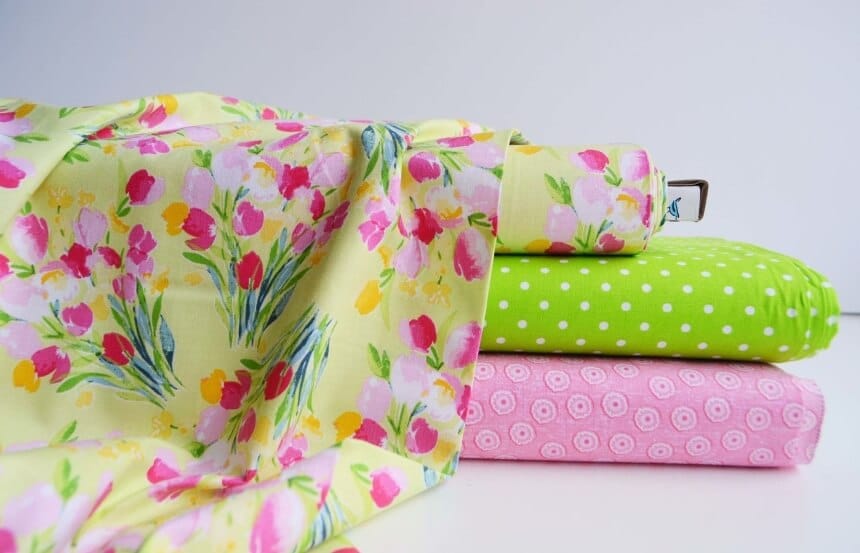
The cotton fabric is natural, and it offers a soothing effect on the skin in a friendly way since they are light and soft. Although it does not dry quickly, it is available in all colors, and it still boosts as one of the most popular fabrics in the world.
It is made by twisting fiber, and it doesn’t wrinkle or crease easily. It has a rich texture and style, which makes it easy to work with. It has different weights and capacities. It is lightweight with excellent draping qualities. It is comfortable to wear and easy to care for. It is used to make home decorations for things, including pillows, curtains, and window treatments.
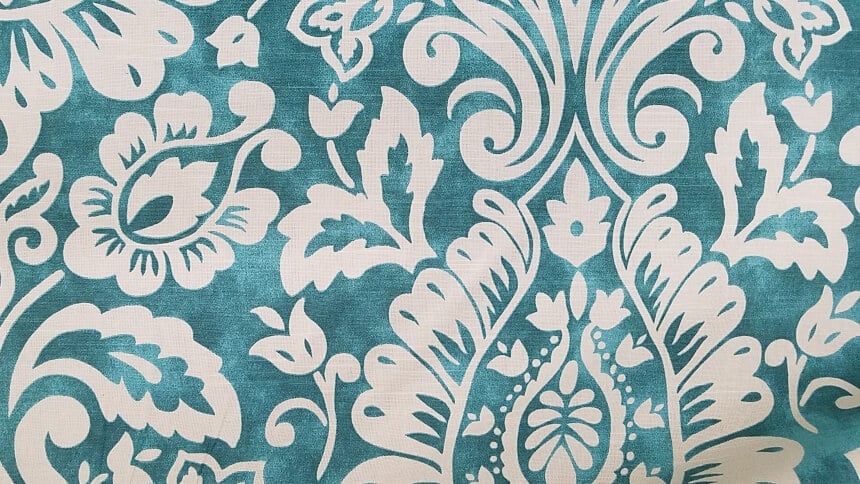
It is a lightweight creped surface fabric with a dull appearance. Comparing it to chiffon, it is opaque and heavier. It is available in weights including 20, 40, and 60 grams, and it depends on the purpose of use. It has a lot of demand in the fashion industry since most designer clothes are georgette products.
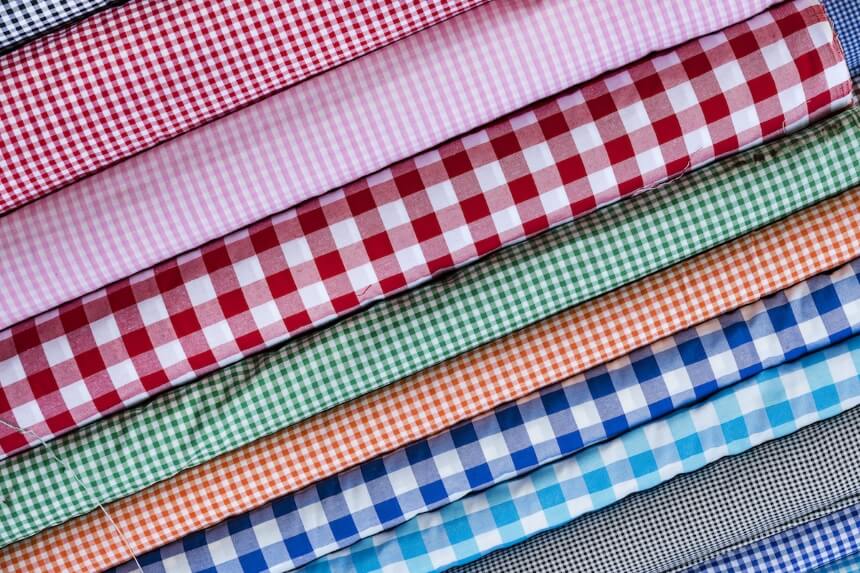
Gingham is commonly used due to its availability and low cost. It makes dresses, shirts, and tablecloths.
It is a fabric made from wool but with some stretchy properties. It can also be obtained from cotton, synthetic fiber, and cotton varieties. One side of the fabric is smooth, while the other one feels rough due to some loops. It has an average weight, and it can be used for making many household items and clothing needs. It can be used to make sweatshirts and bedsheets.
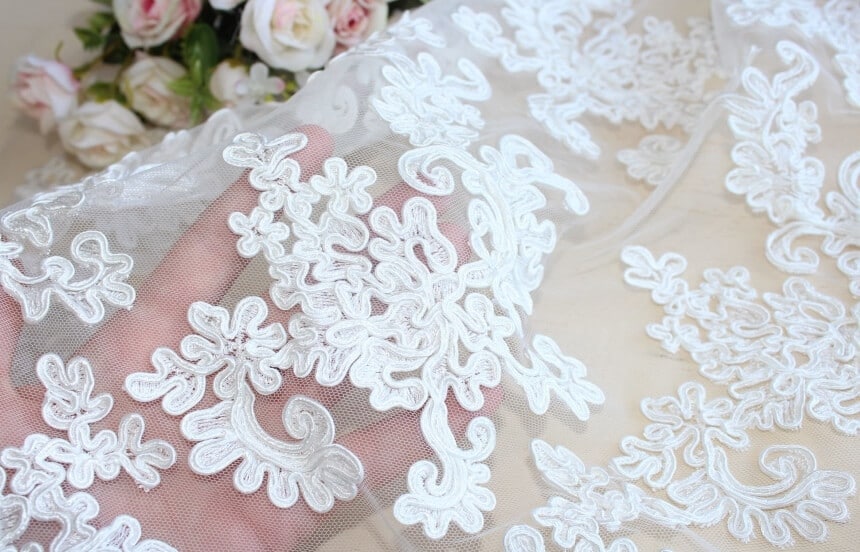
Leather is mostly used to keep the body warm during winter. It has a soft and comfortable feeling when touched and not forgetting the classy looks and feel. It is used for making jackets, belts, and shoes.
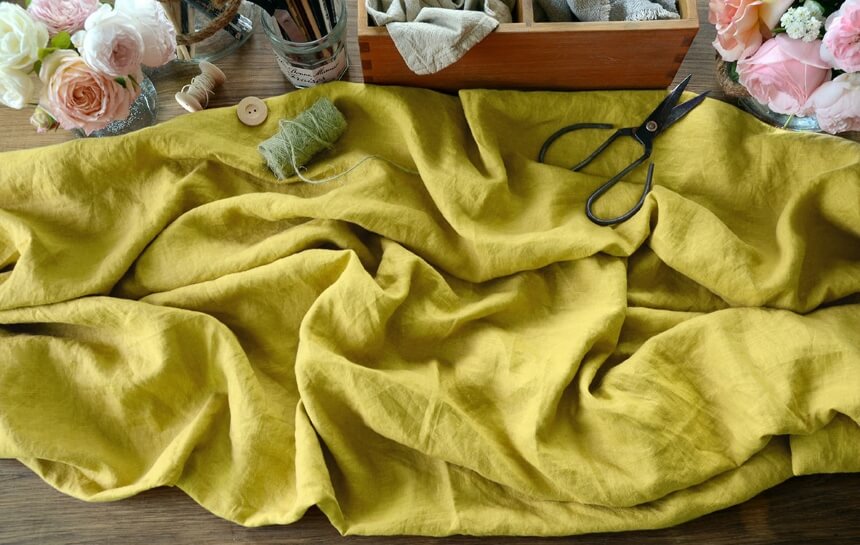
It can also be used for making parts of jackets. It is breathable in nature, which makes it suitable for making summer clothing. Its lightweight features small airspaces to maintaining ideal body temperature.
It is a kind of wool that is obtained from merino sheep. Unlike the traditional wool that was itchy, merino wool is now soft wool that does cause itching on the skin due to the fine merino fibers’ small diameter, which makes it pliable hence no itching effect. Merino wool is luxurious and has a wide application in the making of socks and other sorts of outdoor clothing Trusted Source New Zealand's wool industry knits itself a fresh image, one pair of undies at a time | New Zealand | The Guardian Baggy jumpers are out and merino underwear is in as the industry seeks to fashion a way to stave off a crisis www.theguardian.com . It is popular since it is odor resistant, breathable, and moisture-wicking.
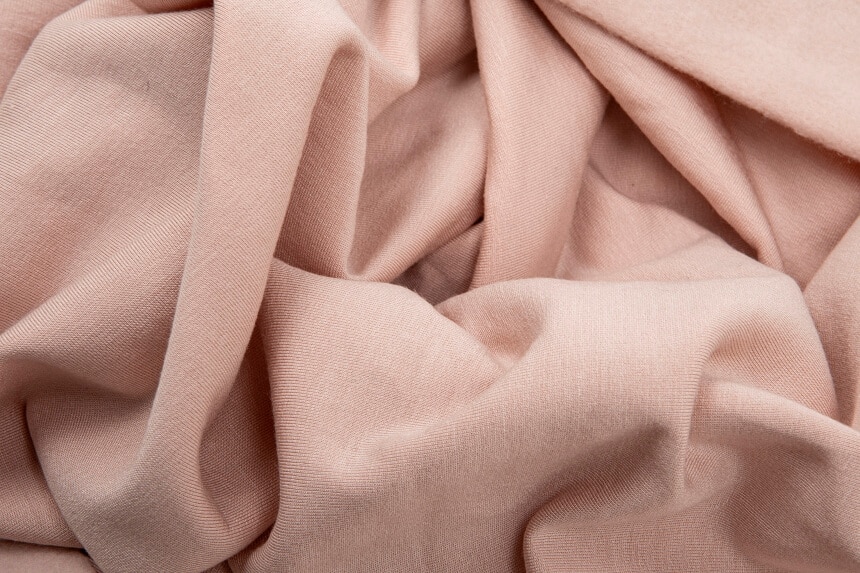
It is a cotton fabric that is loosely woven. It is made using a plain wave technique such that one weft yarn changes over and under a single warp yarn. It is the material used to make fashion prototypes and do tests for patterns while making cuts to start stitching the final product. It is a suitable material for testing patterns since it is lightweight and gauzy. Thus, it can mimic the drape and fit well, and it is simple to sew with the best sewing machine for hemming.
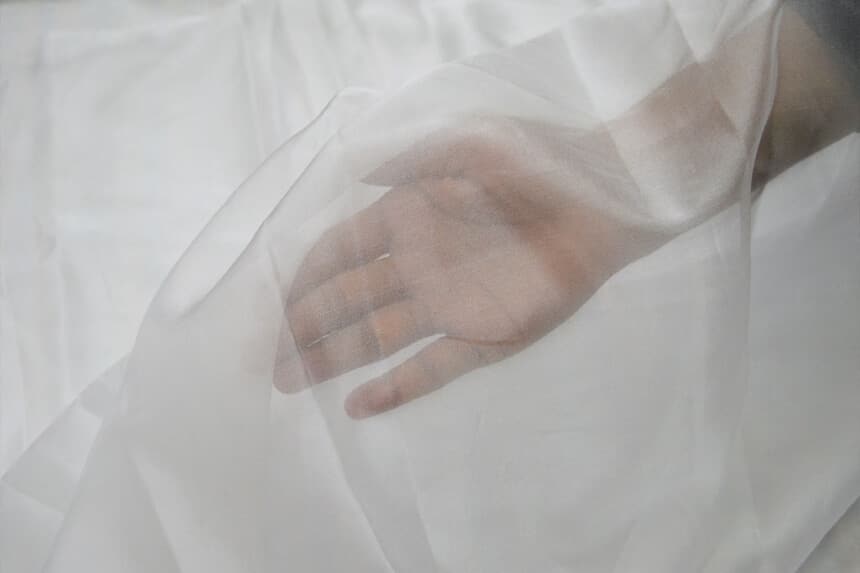
The quality of organza is determined by the number of holes per inch; the more holes, the better the quality. It is commonly used to make wedding gowns and nightwear since it shimmery and translucent quality, which perfectly makes decent items.
It is a synthetic fiber that is made up of polymers like coal and petroleum. It is strong; soft yet wrinkles-free when used for clothing. Polyester fabric is not breathable; thus, it can’t absorb liquids such as sweat properly. It blends well with other popular fibers and gives more strength to other fabrics while the other fabric enhances the breathable features.
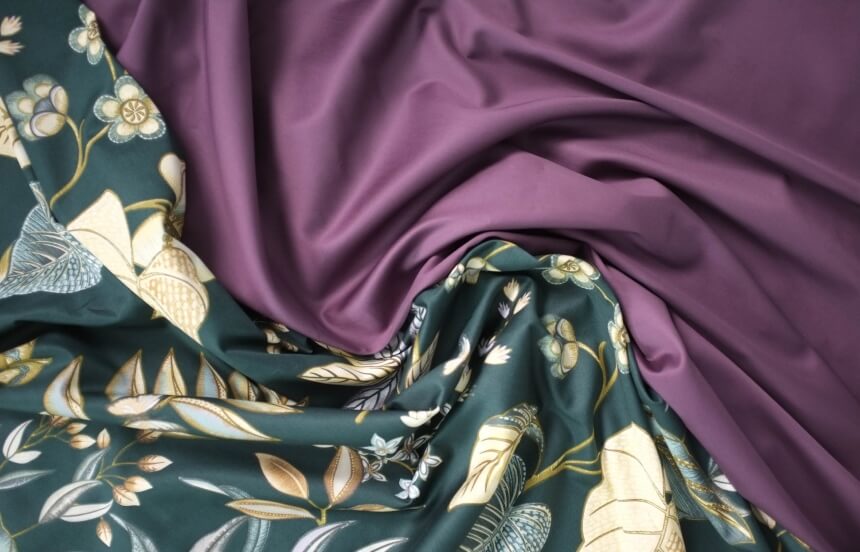
It is popularly known due to its luxurious, soft, and smooth nature. It has shimmering looks and boosts as one of the strongest natural fabrics. It is mostly used in sarees. The fiber is natural and is normally produced by insects as material for making their nests or cocoons. It is popularly known since it is soft and shiny in nature. It is an extremely durable material that features a beautiful drape as well as a sheen. It is used for making formal attire, accessories, and beddings.
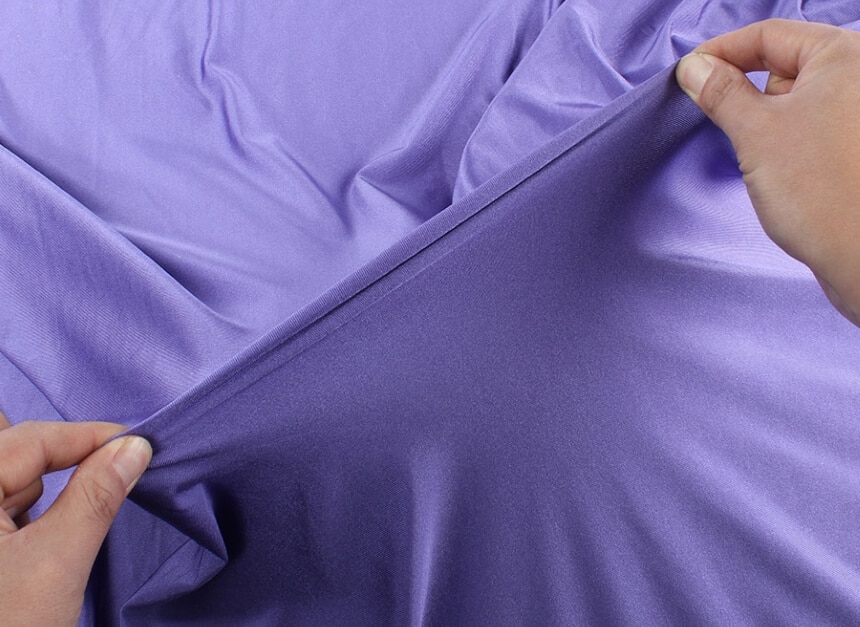
It is a leather type that is made from animal skin, giving it a soft surface. Sued is normally dye from lambskin, but it can also be obtained from other animals, including deer, calves, pigs, and goats. Sued usually is softer but not as strong as traditional leather. Sued is durable. Due to its thin nature, it can be molded easily. It has wide use in footwear, jackets, accessories, and the making of bags and belts.
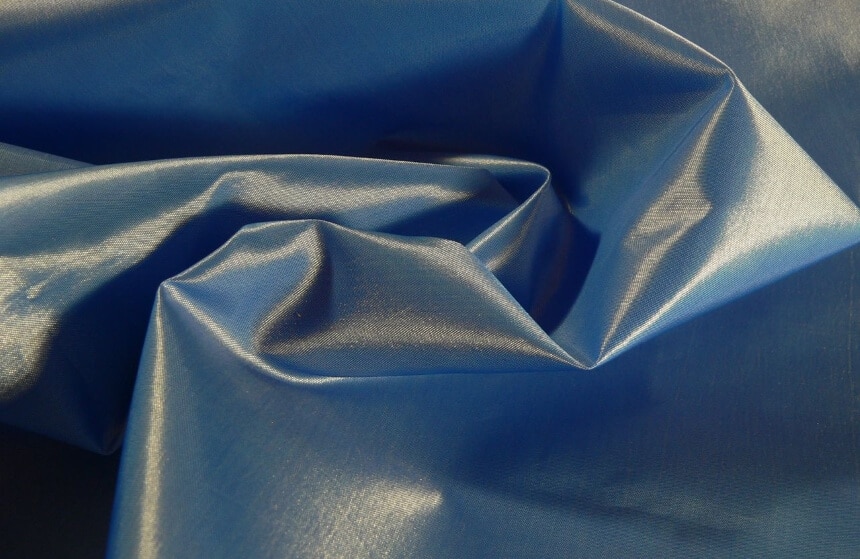
It is the linen of a kind with both romantic and pastoral patterns in one color and is usually black, red, or blue on a fabric that is not bleached. The name toile means the fabric in French, but it has changed to mean a main design aesthetic of the fabric, and it has been gaining popularity in France since the 1700s.
It is commonly used to make non-fabric items such as wallpaper. It is also used for upholstery, clothing, bedding, and window treatments.
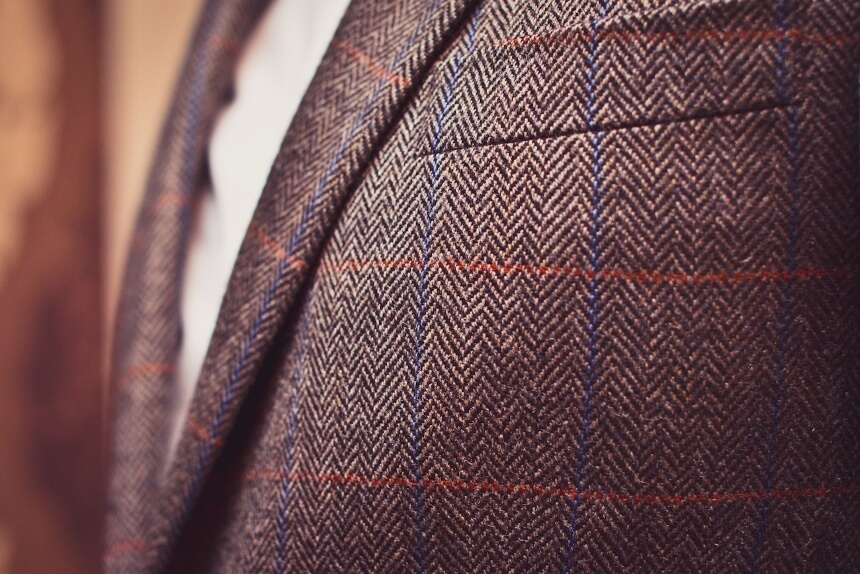
It is the main type of textile weaves along with satin and plain weaves, but it differs from them due to its diagonal rib pattern. It usually is dark-colored on the front side but with a light back. It features a huge thread count, which makes the fabric opaque, thick, and also durable. Since the twill fabric is durable and has a beautiful drape, it is widely used for making denim, chinos, bed linens, and upholstery.
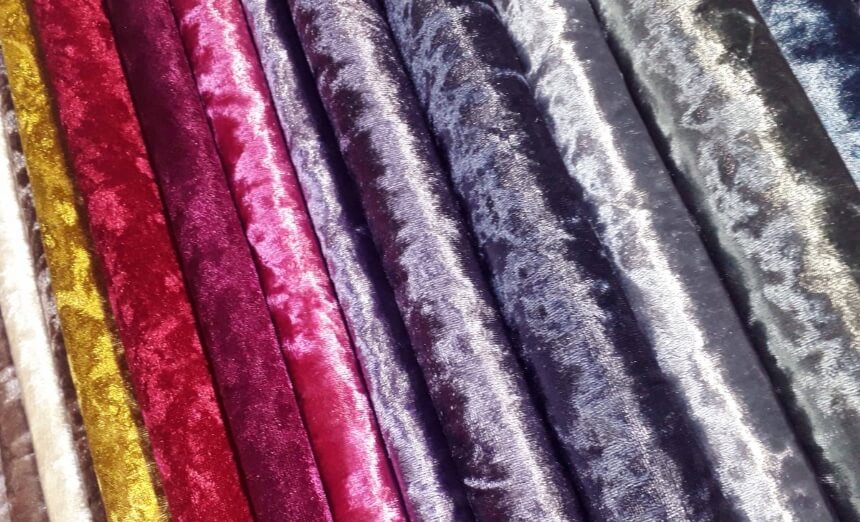
It is manufactured from cellulose. It is similar to rayon in terms of softness and smoothness. It is widely used to make jackets and gown lining, blouses, dresses, and home carpets. It is similar to silk, but it is more appealing since it is cheaper to produce.
There are several ways to start a new project. You might get inspiration from the current trends or the designers. Once you decide on the new project to undertake, you will, and the first step will be deciding on the fabric to use. However, that can be a daunting task as you decide on the material to use. How will you eventually make that choice? It is not as easy as just choosing your favorite fabric. Thus, you will need to put a few factors into account to help you decide on the fabric to use.
There are many ways to conclude the project to undertake before starting to make your simple design. You can find an idea in a shop, and you like it, or you probably already have an idea of what you want.
Before you move to the fabric shop, it will be necessary to research to know about the garment you want to make. You can do window shopping and look at fabrics that are being used. Touching, feeling, and understanding fabrics are vital to learning the trending fabric, thus enabling you to undertake a project that feels contemporary.
While buying the fabric, it would be necessary to roll it a few yards and see how far it hangs. The drape of the fabric is vital in determining how the garment will appear. Silk tends to hang softly while linens are heavier, and thus they tend to stick when pleated. A good drape is suitable to ensure the fabric looks good and suits the project.
Fabrics are available in varying widths, including 60 inches, but 45 inches is the most common. The width of the fabric you choose determines how much you will need to buy.
At times, the color might appear different due to the nature of the lighting in the room. It would be suitable to look at the fabric in natural light before you buy it. You can also hold the fabric to your skin and see how it looks if you are making something for yourself.
You can do it by pulling the fabric between two fingers to know about its stretch. If it is a fabric with no much stretch, it can be suitable for natural wear, but that will depend on what you are making. Also, it will be important to look if it one of the best sewing threads to work with.
Think about how the project will look like in a given fabric. Visualize the color and the drape- is the dress lily to look good in a silk fabric, or would you need to find heavier linen? Figure out what works best for your project.
It is now time to pick your fabric from the stores. Buy enough of the item to complete your project, although it would also be essential to consider the cost. That way, you will only need to have the best sewing machine and enjoy working on your project.
There are numerous sorts of fabrics you can work with for your project. There are also many fabrics available, and the choice depends on what you want- it could be what is trending or the ease to use it. Also, you can choose a given fabric depending on how comfortable and luxurious it feels. A light cotton is a suitable option for starters since it is easy to sew with it and has a light fall for tops and dresses. You can also check on the light cotton to ensure it is not stiff. Heavy cotton is suitable for items that need more shape, and it is also easy to sew. Once you settle for heavy cotton, know it is quite stiff and ensure that it would work for your project. Otherwise, you will find it sticking in some places you may not have wanted it to stick. The choices of the types of clothing material are numerous, and it is upon you to decide what works for you.